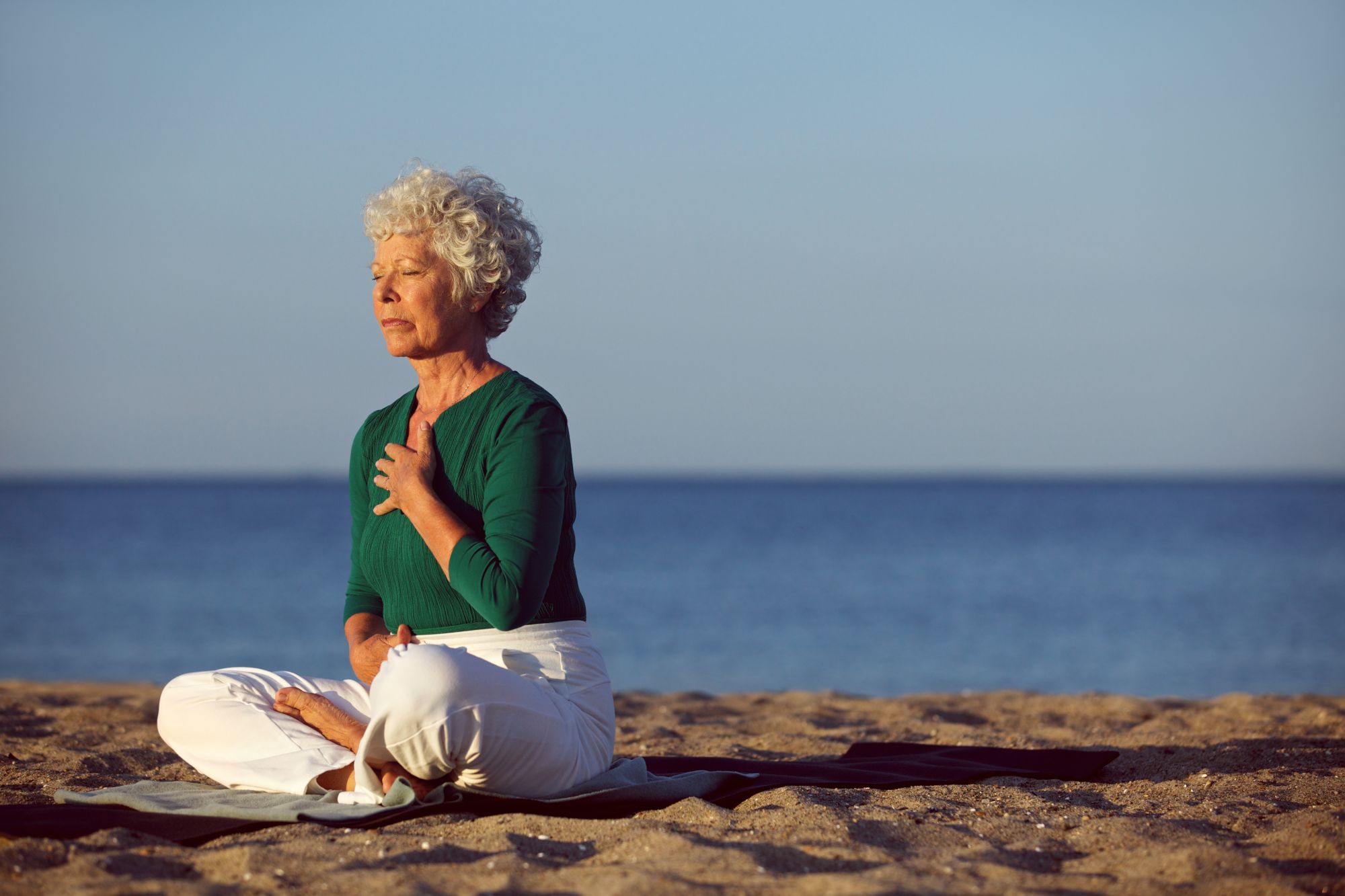For those of us who have experienced a silent meditation retreat, we can easily draw on the parallels from that grueling, yet liberating, process to our recent experience with sheltering in place. Each day looks remarkably the same, our usual distractions removed from us. Being left to ourselves invariably leads to self-study, as we watch the choice between judgment or compassion, while our minds traverse the wilderness inside. What is unique about sheltering in place is the real threat to our personal health and livelihood, the vicarious trauma of watching others lose their lives, and the heart-wrenching stories from frontline workers, marginalized peoples, and survivors of COVID-19. One undeniable truth our global pandemic has reminded us of is the uncertainty of life.
As much as we may be yearning for a return to normalcy, the uncertainty makes reintegration feel like a frightening prospect. The fear that we’re not safe with each other becomes more visible as we ask, “What if I/they have it? What if I give it to someone/they give it to me?” We may struggle with feeling the loss of our personal power: “What if I’m called back to work when I don’t feel safe?” We may watch others internalize the pandemic differently than ourselves, making it difficult to feel connection. All of this can feel disorienting and isolating. As we make our way toward reintegration, there are tools we can use to support our well-being.
Being with the breath is a powerful way to understand where we are. Pausing to notice the quality of your breath will tell you everything you need to know. Watch your breath and repeat the quality of it to yourself: “Slow, slow, slow…” or “Shallow, shallow, shallow.” When we name what the breath is doing, we may instantaneously have a more regulating experience in our bodies.
For many of us with histories of trauma, watching the breath can be an activating experience. Specific to COVID-19, this may be especially triggering, particularly if we have respiratory issues. Finding a place in the body that feels welcoming is a skillful alternative to the breath. You may start by scanning the body to see where you experience pleasant or neutral sensations – warm, cool, tingly, or even numb. If that doesn’t feel accessible, try the gesture of placing your hand on your heart, which activates the parasympathetic nervous system, thereby calming the body.
Grounding is another effective tool that creates present-moment awareness. It may be as simple as placing your hand on the kitchen table and noticing the sensation of your body making contact with another surface. This invites us to feel gravitational security, allowing us to become present. When we’re able to let go of our fears of past and future, the flow of life becomes available to us.
Once we develop a practice of tracking our experience, it empowers us to make healthier choices. For example, if you are consuming news or social media and begin to wonder if it is too much, that serves as a helpful cue to pause and notice what your body is sharing with you. Is what’s happening on the inside pleasant, unpleasant, or neutral? You may decide to change the channel and find media that promotes your resiliency.
When we feel overwhelmed by our grief and fear, we can ask ourselves, “What else is true?” Reflecting on this can help us find silver linings without trivializing our experiences. We can begin to identify what we have – a bed to rest on, a beloved pet, or the reminder that we are more self-sufficient than we realized. Understanding our privilege can also be a motivator to share our resources with others.
Our first steps back into the world may make us wonder if we are prepared for this part of the journey. The time we’ve spent sequestered at home has been the best preparation for our re-entry. We’ve sat with the reality that most things in life are out of our control. Though, with commitment to our practice – even in a pandemic – we can become resilient enough to do our best, which is our noble offering to the planet.
*I’d like to thank Elaine Miller-Karas for graciously allowing me to interview her for this piece. This article was largely influenced by her and her work through the Trauma Resource Institute. Namaste, Elaine.














